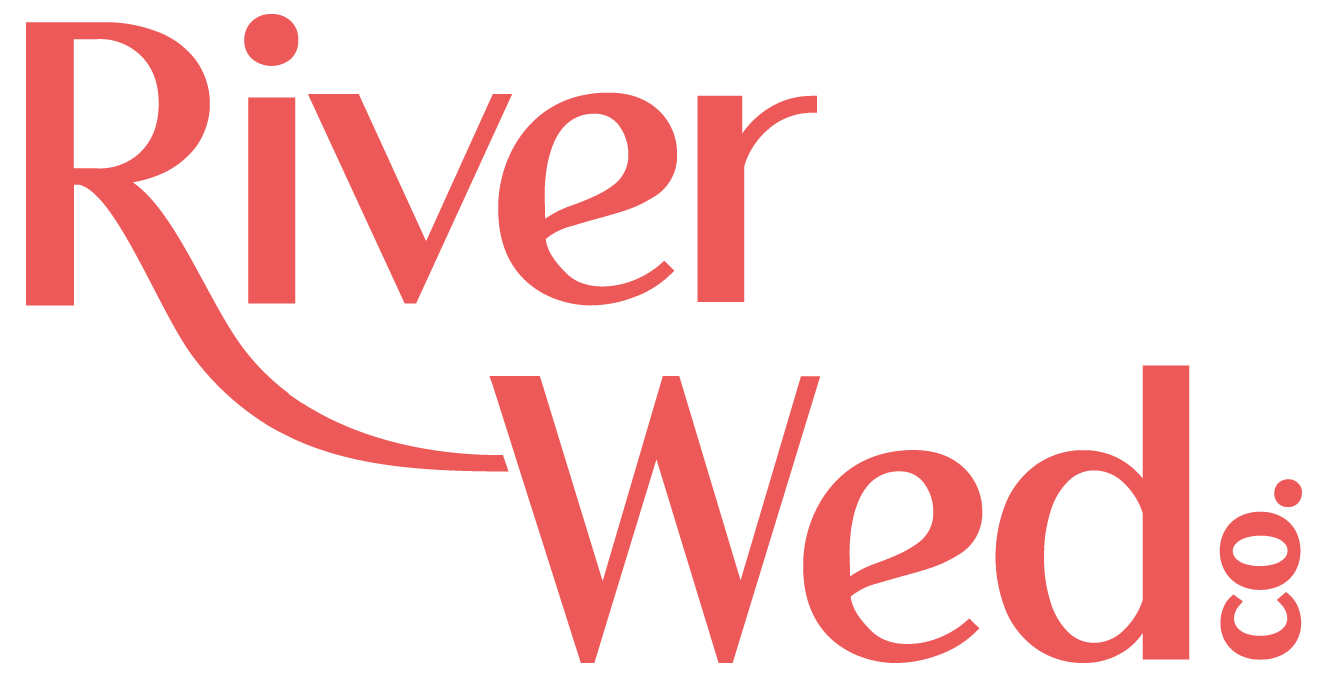Content
Provided the asset being used as collateral is liquid, the buyer should be able to refinance himself at any time during the life of a repo by selling or repoing the assets to a third party . This right of use (often called re-use) therefore mitigates the liquidity risk that the buyer takes by lending to the seller. Because lending through a repo exposes the buyer to lower credit and liquidity risks, repo rates should be lower than unsecured money market rates. Blockchain allows the data to be spread across the network at various locations. Therefore, if anybody tries to alter the data at one place, the other nodes of the database would not be altered and thus making Blockchains very secure.
From here it has also been used heavily in energy trading and to improve supply chain management across a variety of industries. Today, in addition to bitcoin, there are more than 10,000 cryptocurrencies running on blockchain technology. And while blockchain began life as a way of recording cryptocurrency transactions, there are so many other potential uses. Insurers, like banks, are intermediaries and, at first glance, there is great potential for insurers to use blockchain technology to streamline payments of premiums and claims. In addition, blockchain technologies could support the significant digital transformation underway in the industry because much of this transformation relies on data. One of blockchain’s more well-known uses is cryptocurrency, as previously mentioned bitcoin is closely wrapped up in blockchain. There are thousands of cryptocurrencies active in the world, and while bitcoin is the most popular, the total market cap of crypto is around $1.6 trillion.
Effective Recruitment: 5 Key Steps from an Employment Expert.
It’s these qualities that make it a very handy technology for the record of financial activity. It provides the robust controls and ‘high trust’ transactions of private blockchains, only without being confined to the oversight of a single entity.
- Thanks to asymmetric cryptography and summary or hash functions, it has been possible to implement a distributedledgerthat allows to support and guarantee the security of digital money.
- For examplem, in 2018, dozens of people across the country got sick from eating contaminated romaine lettuce.
- The record on the blockchain would record that you bought the car, how much you bought it for and who you bought it from .
- In a blockchain system, fraud and data tampering are prevented because data can’t be altered without the permission of a quorum of the parties.
- In addition, blockchain technologies could support the significant digital transformation underway in the industry because much of this transformation relies on data.
- Back in 2008, in the midst of the financial crisis, the pseudonymous developer , Satoshi Nakamoto, envisaged a currency that wasn’t based around a central bank or governing authority.
- As the technology at the core of many cryptocurrencies, blockchain is used to record information in a way that is immutable, secure, public, and decentralised.
2) Private Blockchain networks- A private Blockchain network is a decentralised peer-to-peer network, just like a public Blockchain network. However, one entity controls the network’s governance, carrying out a consensus protocol and keeping track of the shared ledger. Depending on the use case, this can significantly increase participant confidence and trust.
Cryptos Gaining Momentum After FTX Bankruptcy: Gnosis, Kusama, BudBlockz
The use of blockchain technology is expected to significantly increase over the next few years. This game-changing technology is considered both innovative and disruptive because blockchain will change existing business processes with streamlined efficiency, reliability, and security. A public, or permission-less, blockchain network is one where anyone can participate without restrictions. Most types of cryptocurrencies run on a public blockchain that is governed by rules or consensus algorithms. Unlike in a traditional ledger system, there is no node with special rights to edit or delete transactions, in fact there is no central party at all. One of the situation in which blockchains can be useful is when a trusted central party is either unavailable or too expensive.
This includes (but isn’t limited to!) property, voting, fitness trackers and even vaccine distribution. These decentralised records are what’s known as “Distributed Ledger Technology” or a “peer-to-peer” network. As the blockchain ecosystem evolves and different use-cases emerge, organisations in all industry sectors will face a complex and potentially controversial array of issues, as well as new dependencies. As the number of participants What is Blockchain grows, it becomes harder for malicious actors to overcome the verification activities of the majority. Indeed, blockchain solutions are being planned to protect data from the UK’s nuclear power stations, flood-defence mechanisms and other critical infrastructure. Early adopters passionately claim that Bitcoin will remove dependencies on banks and governments. Hardened business tycoons advise that Bitcoin is just a ‘flash in the pan’.
